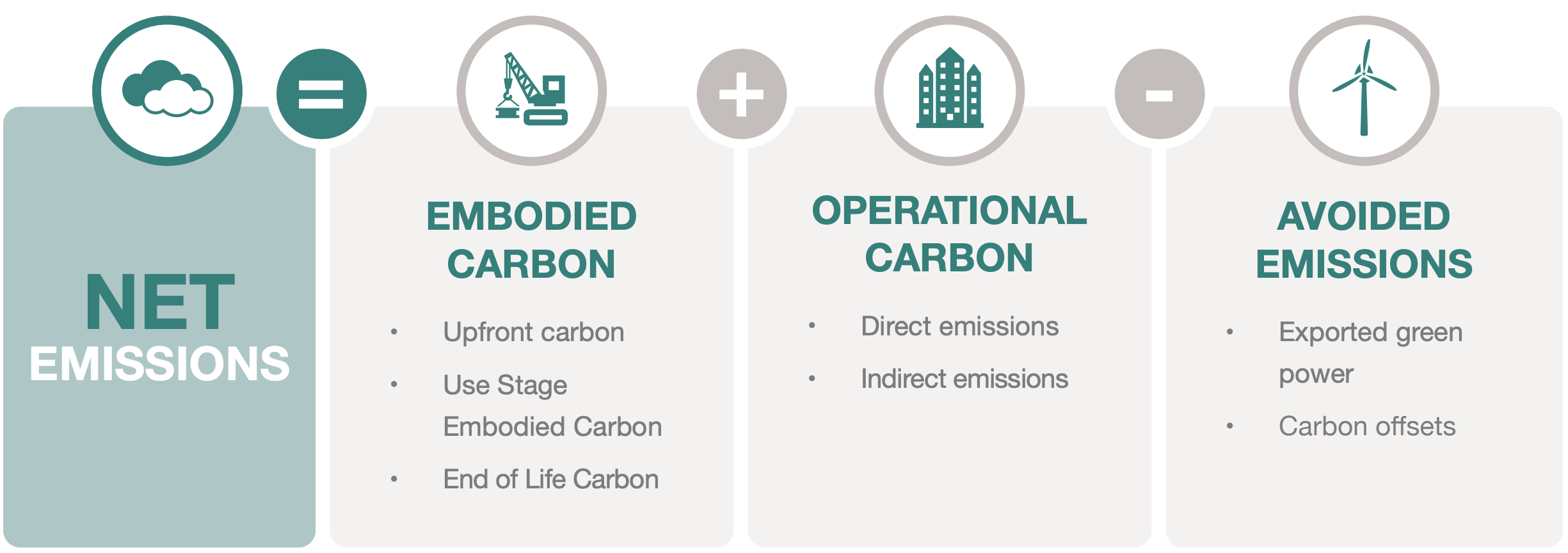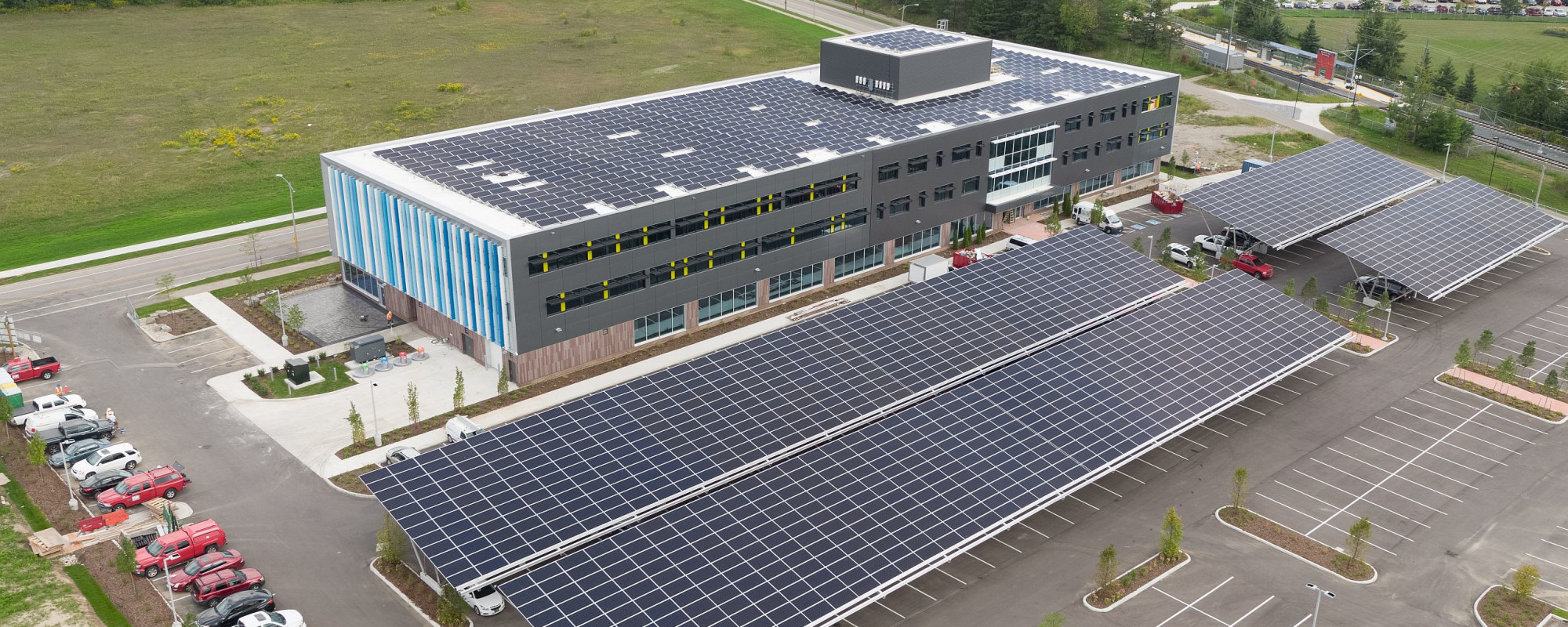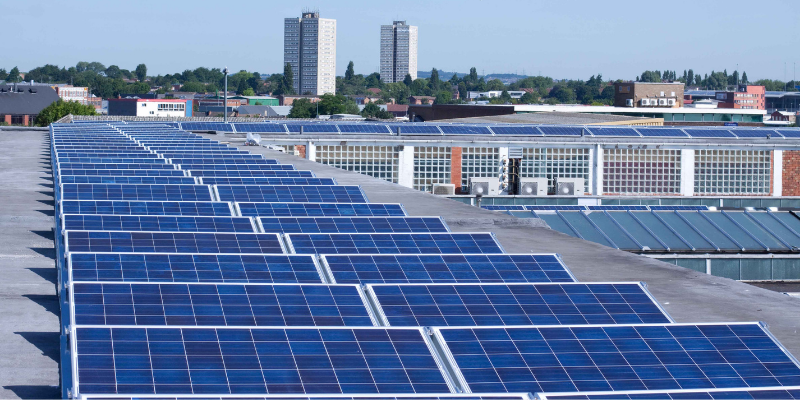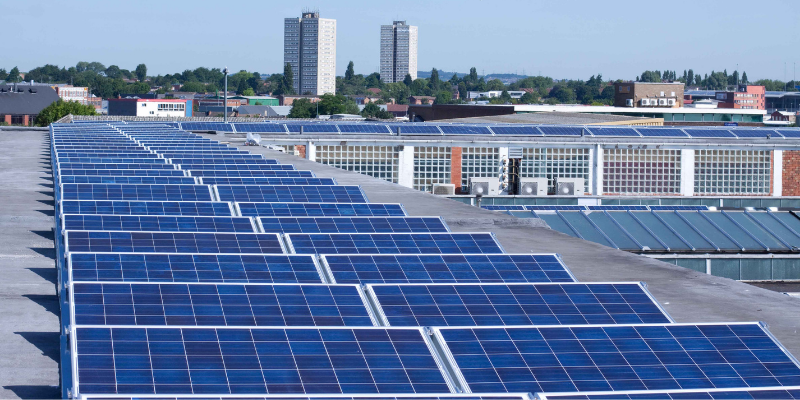In light of the recent Carbon Tax being ruled constitutional and the Federal Budget’s $17.6 Billion dollar allocation towards the Green Recovery Plan, there is a great incentive for commercial real estate owners and architects to design and operate Zero Carbon Buildings. Since 2016, the Canada Green Building Council (CaGBC) has worked to champion the move to lower-carbon commercial, institutional and high-rise residential buildings in support of Canada’s efforts to mitigate the effects of climate change.
Zero Carbon Buildings represent the industry’s best circumstances for cost-effective emissions reduction while promoting innovations in design, building materials, technology, and creating new jobs and business opportunities in the process. From long-term cost savings, to market differentiation, to climate change mitigation, Zero Carbon Buildings present an excellent framework in constructing buildings that support Canada’s climate change goals.
As you’ll see throughout CaGBC’s ZCB guidelines, an essential part of the equation of creating a Zero Carbon Building is the use of solar power to avoid or offset emissions from construction and ongoing operations. Solar is a key tool in reaching the ZCB Standard, as demonstrated from the many successful Zero Carbon Buildings that have adopted solar as a major part of their Net Zero strategy.
This blog explores the many ways that Solar helps to create Zero Carbon Buildings with special regard to CaGBC’s Zero Carbon Building Design and Performance Standards.
Overview of the Zero Carbon Building Design and Performance Standards
The Zero Carbon Building – Design Standard is a framework for the design of low-carbon, highly efficient buildings, and ensures the best potential to achieve zero carbon once in operation. However, a great design is not enough, the building must demonstrate that it can maintain zero net emissions year after year. For that there’s the Zero Carbon Building – Performance Standard, which is an annual verification of the performance of zero carbon buildings. Projects achieving certification may use the ZCB-Performance certification mark.
“CaGBC believes that a zero carbon approach to new construction can play an important role in meeting Canada’s GHG reduction target of 30 per cent below 2005 levels by 2030, saving 7.5 megatonnes of GHG emissions annually.” says Mark Hutchinson, Vice President of Green Building Programs at the CaGBC.
As implied by the name, an annual carbon balance of zero or better must be achieved for Zero Carbon Building certification. Both of the Zero Carbon Building Standards rely on a holistic assessment of carbon emissions as the best measure of climate change impacts from buildings. The carbon balance is the net emissions that result from sources and sinks of carbon emissions, calculated as follows:

Embodied Carbon includes any CO₂ created during the manufacturing of building materials, the transport of those materials to the job site, the construction practices used, and the end of life of building materials. These represent approximately 11 per cent of all energy-related carbon emissions globally.
Operational Carbon includes any emissions associated with ongoing energy use and releases of refrigerants during regular building operations. This is made up of Direct emissions which occur at the project site as a result of the combustion of fossil fuels or the release of refrigerants, and indirect emissions. The ZCB-Performance certification currently includes only the indirect emissions associated with purchased energy, and not other indirect emissions such as travel/commute to the building.
To bring Net Emissions to Zero, your building must minimize the total Embodied Carbon and Operational Carbon, which will be offset by maximizing your Avoided Emissions.
This is where solar comes into play.
How Does Solar Help Achieve the Zero Carbon Building Standard?
The Zero Carbon Building Standards are designed to be flexible in order to reach net carbon emissions of zero or less. However, the most effective method to reduce carbon emissions from buildings is to build them all electric, with the electricity coming from renewable sources such as Solar.
This strategy eliminates any natural gas use during daily operation, which is one of the primary sources of direct carbon emissions in buildings, and enables you to generate energy onsite to cover your usage. By eliminating your natural gas usage and switching to renewable electricity sources, you can reduce or eliminate both your Direct and Indirect Emissions.
High efficiency electric appliances such as heat pump water heaters, driers, and HVAC systems are many times more energy efficient than their natural gas equivalents, and generally cost less than their gas counterparts over the life of the system. In fact, electrifying all homes and buildings between now and 2050 could result in cumulative emissions reductions of up to 87%. Combined with effective insulation and air sealing, buildings greatly reduce their energy needs, making it easy to produce enough energy (or more) with solar.
Onsite Solar
Generating energy onsite with solar helps to improve building resilience in the face of power outages, reduces energy demand from the electrical grid, minimizes environmental impacts from power generation facilities, and helps build the knowledge and marketplace for a distributed energy future.
Those who generate renewable energy onsite have the option to be net-metered as well. Net-metering allows a project to connect renewable power generation equipment to the local grid and receive a credit on their bill for any electricity that is exported to the grid.
Offsite Solar
Buildings can also own and operate Solar systems located offsite. However, they must be virtually net-metered to the building to qualify for ZCB certification. Virtual net-metering is an arrangement with the utility where Solar is installed at another location and the power it generates is deducted from the building’s electricity bill. This is a great option if your building physically doesn’t allow for solar onsite.
Generating More Than You Use
By owning your solar system, you can generate power beyond what your building uses in a single day. According to the ZCB Standard, if renewable energy is generated in excess of energy used and then exported to the electricity grid, it is recognized as contributing to your Avoided Emissions calculation. However, it should be noted that avoided emissions from exported green power can only be used to reduce indirect emissions from electricity.
Green Power Products
If you can’t construct a solar system for your building, you can purchase renewable energy from a third party. CaGBC classifies these as Green power products, and it includes primarily Solar and Wind. Sources of Hydro, Biogas, Biomass and Geothermal can be used if qualified. Each kilowatt hour of procured green power products offsets an equivalent amount of grid electricity. It should be noted that procured green power products cannot be used to reduce other sources of emissions.
Peak Demand
The Zero Carbon Building Standard recommends Solar as a means to reduce peak demand. Peak periods of electricity use generally occur in the afternoon when the sun is shining brightest, which coincidentally is prime time for solar generation. Increased solar generation at peak times means decreased demand on the grid. Less peak demand on the grid often means less carbon intensive methods of energy production. Also, you’ll be offsetting your energy usage when electricity costs are the highest.
Project Success: Evolv1 Building

Developed by the Cora Group, the Evolv1 shared office building located in Waterloo, Ontario is one of the first buildings to receive both the ZCB-Design and ZCB-Performance certification. The building uses 1,440 Canadian-made solar panels covering the building’s parking spots, and 754 rooftop solar panels, in addition to a passive solar wall system. In its first year of operation the building produced 848,823kWh of electricity and displaced 110 tonnes of CO2.
It’s Time for a Zero Carbon Building Future
In recent years, there has been significant growth in the number of zero-energy and zero-carbon projects as a result of increasingly stringent energy policies and greater awareness. The CaGBC outlines that “Existing buildings are responsible for 17 per cent of Canada’s carbon emissions, providing an opportunity to make significant carbon reductions as the industry moves toward the elimination of emissions by 2050.”
There’s a myriad of reasons to strive for Zero Carbon Buildings, and Solar is an extremely powerful tool in reaching that Net Zero goal. From long-term cost savings, to market differentiation, to climate change mitigation, Zero Carbon buildings with solar present an excellent framework in constructing buildings that support Canada’s climate change goals.
Planning to go Solar? Compass Energy Consulting can Help
It all starts with an assessment. Compass makes renewable and clean energy a reality by providing expert and nuanced advice to decision makers. We provide detailed feasibility analyses so you have a clear understanding on the economic benefits of going solar today. We’ll be your guide for all projects including Net Metering, Battery Storage and much more.
Compass has supported the development of over 1,000 MW of clean and renewable energy over the last five years. We're devoted to providing objective and nuanced advice on risks and rewards associated with renewable and clean energy installations. There's a reason that over 70% of our clients over the last three years have engaged with us on multiple assignments.
Are you wondering if the economics of Solar make sense for you? We provide everything from basic billing analysis, to feasibility studies, to fully optimized system design. Contact us today to get started!
Sources:
- https://www.buildinggreen.com/newsbrief/canada-s-zero-carbon-standard-requires-embodied-carbon-offsets
- https://zeroenergyproject.org/2020/05/20/four-steps-to-zero-carbon-homes-and-buildings/
- https://www.cagbc.org/CAGBC/Zero_Carbon/Information_and_Resources/CAGBC/Zero_Carbon/The_CaGBC_Zero_Carbon_Building_Program.aspx
- https://www.ecohome.net/guides/1046/cagbcs-zero-carbon-buildings-initiative-explained/
- http://www.coragroup.com/2020/04/among-the-first-to-be-dual-certified-evolv1-achieves-zero-carbon-performance-certification/
- https://www.unep.org/resources/publication/2019-global-status-report-buildings-and-construction-sector




